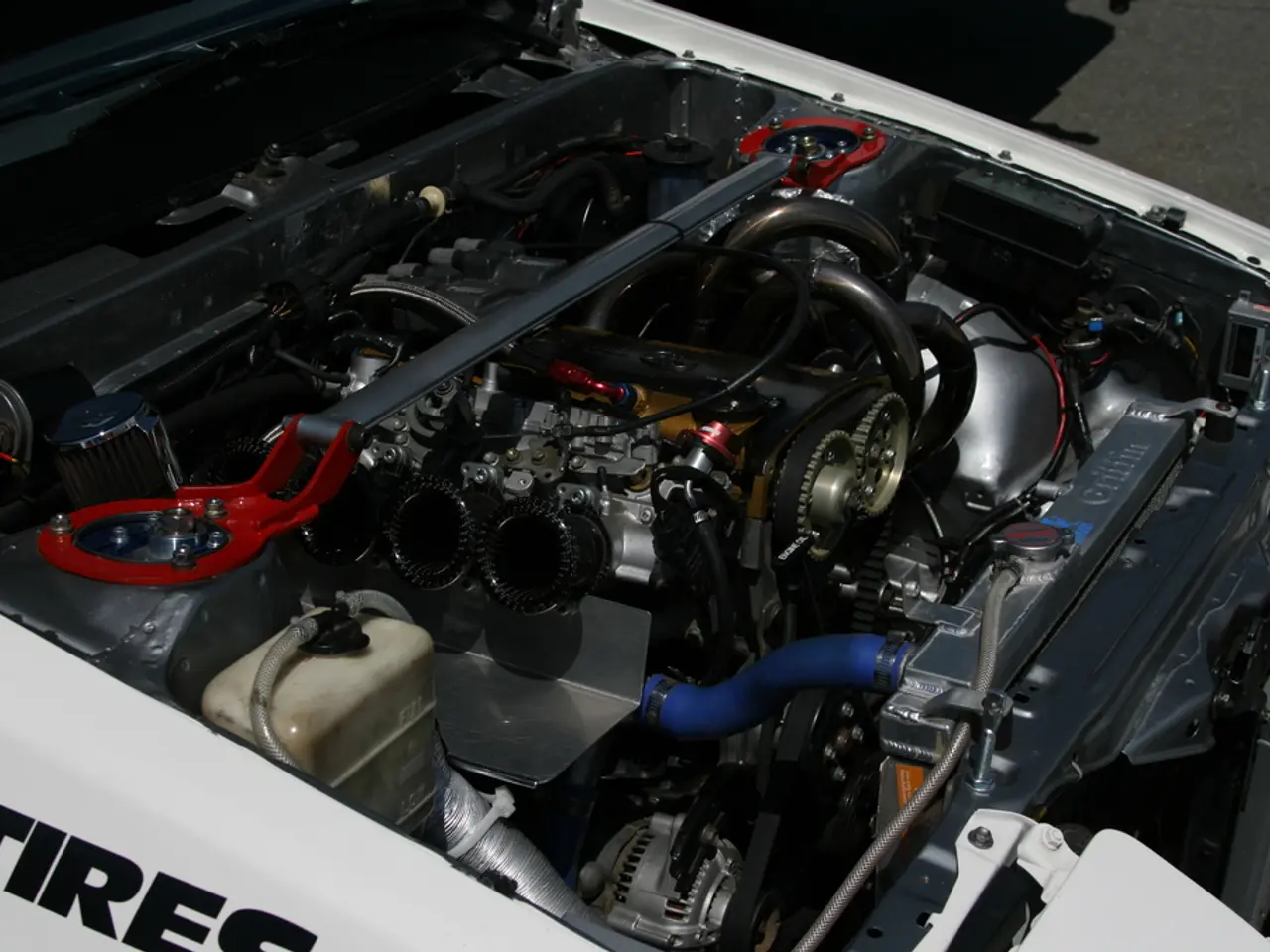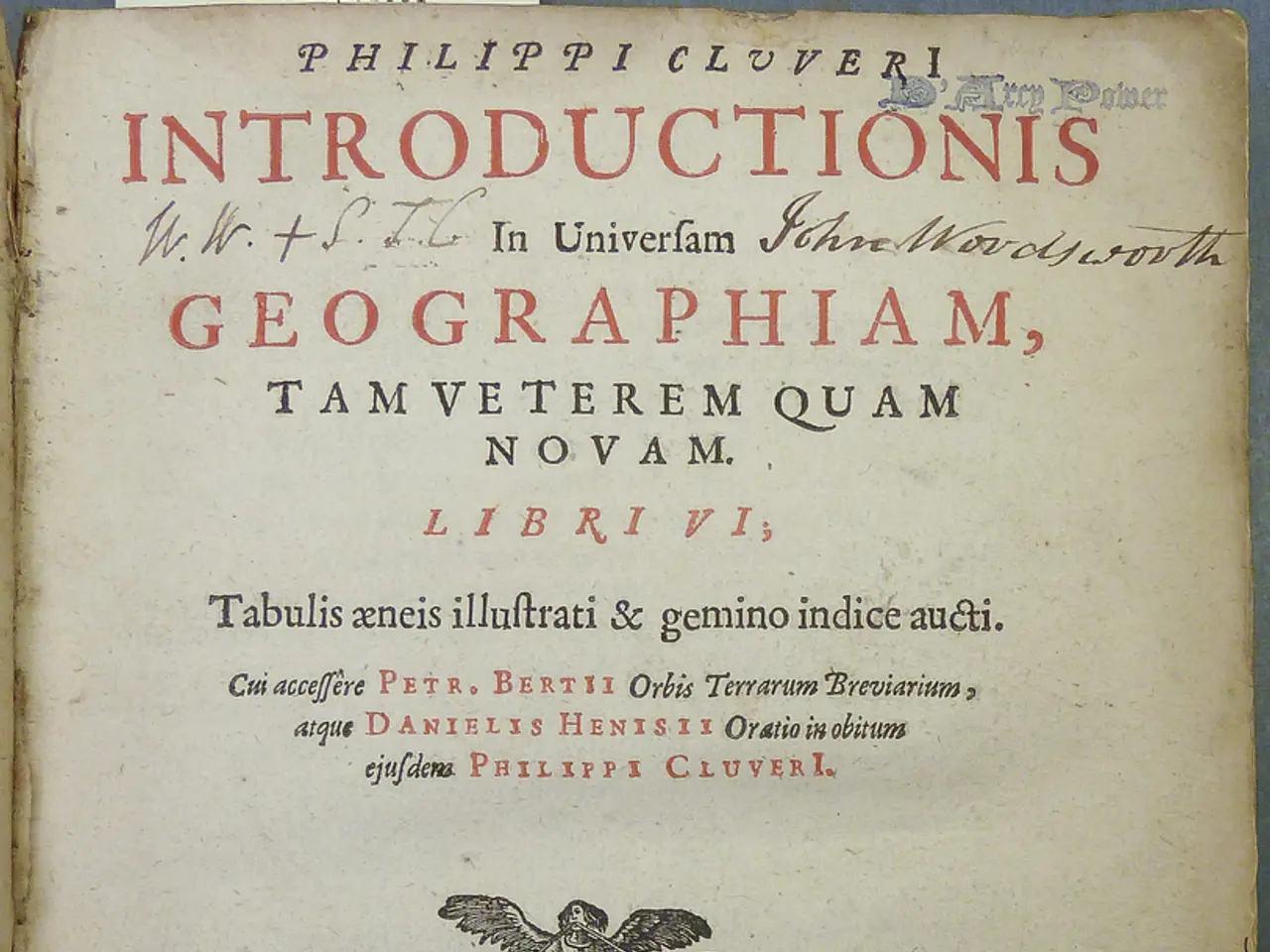Syensqo and Cylib Repurpose Lithium Hydroxide from Used Batteries
In a groundbreaking development, the Aachen recycling company "cylib" and Belgian chemical conglomerate Syensqo have made significant strides in recovering lithium from spent electric vehicle batteries. This process, employing Syensqo's proprietary extractant called CYANEX® 936P, is set to revolutionise the battery recycling industry.
The heart of the process lies in the use of CYANEX® 936P, a highly selective lithium extraction solvent. This solvent exhibits exceptional lithium selectivity, making it ideal for processing lithium-rich effluent derived from shredded battery electrodes containing various chemistries, such as nickel-manganese-cobalt (NMC) and lithium-iron-phosphate (LFP).
The process begins with the integration of technologies. Cylib's hydrometallurgical technology, which generates a lithium-rich aqueous effluent from black mass, is combined with Syensqo's solvent extraction expertise using CYANEX® 936P. Lithium is then selectively extracted from this lithium-rich solution using the CYANEX® 936P solvent extractant.
After extraction, the lithium is purified, converted, and crystallized into battery-grade lithium hydroxide (LiOH), meeting or exceeding the purity standards required by cathode active material (CAM) manufacturers. This product quality is critical for reuse in EV battery manufacturing.
The process allows simultaneous treatment of multiple battery chemistries on a single line, increasing process flexibility and potentially lowering capital expenditures. It also aligns with European Battery Regulation (EU 2023/1542) targets for lithium recovery, aiming for at least 50% recovery by 2027 and 80% by 2031.
The reduction in investment costs could make large-scale lithium recovery from spent electric vehicle batteries more economically viable. The success of the pilot project indicates potential for large-scale lithium recovery from spent EV batteries in the near future.
Table: Lithium Extraction Process
| Step | Description | |-------------------------|----------------------------------------------------------------------------------------------------------------| | Feedstock | Shredded EV battery black mass containing mixed chemistries (NMC, LFP) | | Hydrometallurgical Step | Cylib’s process produces lithium-rich aqueous solution | | Solvent Extraction | Syensqo’s CYANEX® 936P solvent extractant selectively extracts lithium from solution | | Development Partners | Syensqo and Tenova Advanced Technologies co-developed and scaled the extraction method | | Post-Extraction | Purification, conversion, and crystallization to battery-grade lithium hydroxide | | Product Quality | Lithium hydroxide meets CAM manufacturers’ purity standards | | Regulatory Compliance | Supports EU Battery Regulation lithium recovery targets |
Details on the exact chemical composition of CYANEX® 936P are proprietary and not publicly disclosed. However, CYANEX® extractants are generally organophosphorus compounds used for selective metal extraction, customized here for lithium specificity.
In summary, the key to the process’ success lies in the use of the highly selective CYANEX® 936P solvent extractant, integrated within a hydrometallurgical and purification workflow to recover high-purity lithium hydroxide from diverse spent EV battery chemistries in a scalable, regulatory-compliant manner.
The process involves the integration of Cylib's hydrometallurgical technology and Syensqo's solvent extraction expertise using their proprietary solvent CYANEX® 936P, which is ideal for processing lithium-rich effluent from spent electric vehicle batteries containing various chemistries such as nickel-manganese-cobalt (NMC) and lithium-iron-phosphate (LFP). This technology, employed in the lithium extraction process, is rooted in organophosphorus compounds, making it a key component of environmental-science and technology advancements.
Furthermore, the success of this process aligns with the environmental objectives outlined in the European Battery Regulation (EU 2023/1542), aiming to recover at least 50% of lithium from spent batteries by 2027 and 80% by 2031, demonstrating its potential significance for the future of science and technology, particularly in the realm of environmental-science.




